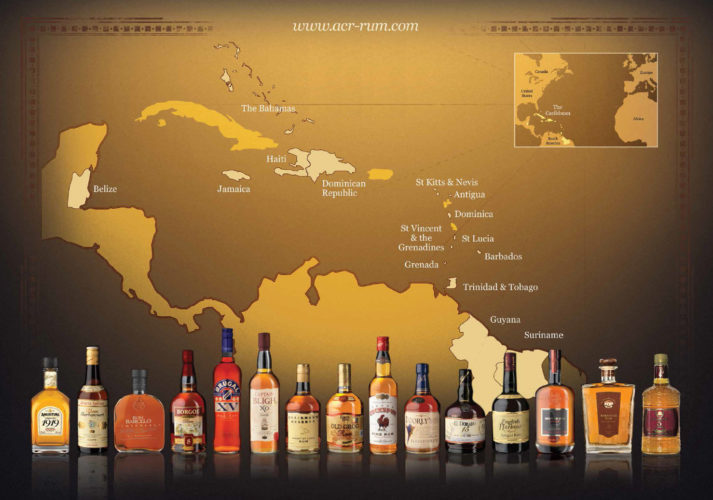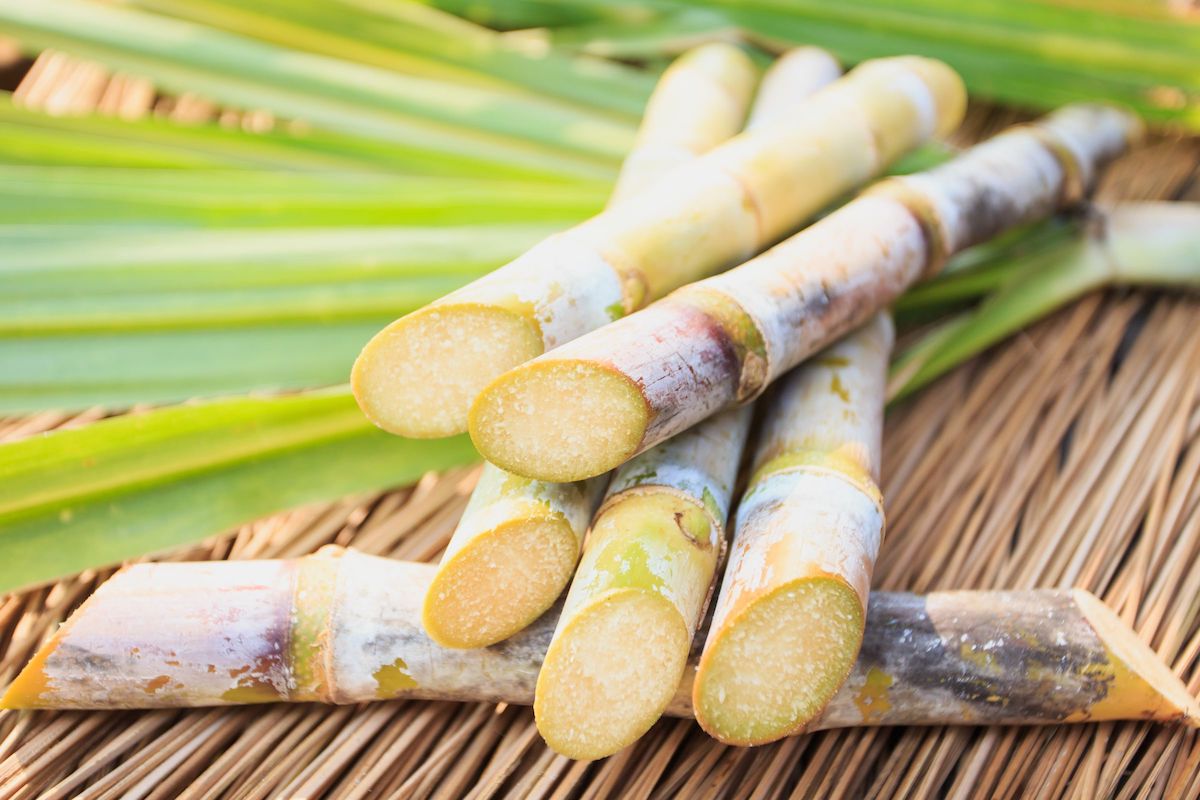A good friend who willingly absorbs my rum ramblings recently confessed he’d become hopelessly confused. Rum, rhum agricole, cane juice, cachaça, molasses, and many other words came tumbling out as he struggled to formulate a reasonable question. He’s not alone. As interest in cane spirits rises, I see plenty more people in a similar situation as my friend—enthusiastic but struggling to piece together the entire picture. So let’s take a step back, and run through the all-important basic terminology and basic concepts behind the rum category.
In many ways, it’s much easier to grasp a single-provenance spirit like bourbon, cognac, or tequila. Rum, on the other hand, is rife with multiple languages, cultures, and historical backgrounds that need extra context to weave it all together meaningfully. This month and next, I’m going back to the beginning, outlining the basic rum terminology, related terms, and how they came to be.
First, clear your mind of anything you know about rum. All set? Good. Now, let’s talk about distilled spirits made from sugar cane.
Rum: the Early Years

Photo: WIRSPA
Although the Caribbean may not have been the first locale to ferment and distill sugar cane, it’s where cane spirits really took hold and grew to be a worldwide commodity. It’s believed that the Dutch were the first to make cane spirits in the western hemisphere, in what is modern day Brazil. More on this later.
Around 1650, the Dutch took their cane plants and pot stills to the island of Barbados, then controlled by the British. For this reason, Barbados is considered the birthplace of Caribbean rum. If you read just about any middle-school history book about the Caribbean, you’ll learn that various European powers, especially those with fearsome navies, used the Caribbean basin as very remote but fertile farmland to support the continent.
From the eastern coast of South America, up through Central America, along what’s now the Gulf Coast of the U.S.—and, of course, all the islands—the Caribbean basin served as colonies for the great powers of Europe. Among those powers, Spain, England, and France were particularly successful in turning their Caribbean colonies into useful outposts. If you point anywhere at a map of the Caribbean basin today, it’s possible to identify which European powers once controlled a given island. Or, in the case of Martinique and Guadeloupe, still run the show there.
Regardless of whether it was the Spanish, English, or French controlling a particular locale, they all made cane spirits—and they did so in fairly similar ways. However, each speaks a different language. The Spanish use the term “ron” for cane spirit. Hence, when you hear a brand name like Ron Bacardi, Ron Zacapa, or, wait for it… Ron de Jeremy, it’s a safe bet that it’s made in a locale with Spanish heritage.
As for the English, who controlled outposts such as Jamaica, Barbados, and British Guiana (now Guyana), they called cane spirits “rum.” And the French? They say “rhum.”
The advanced reader may note that I’ve not said a thing yet about cane juice vs. molasses as the starting point for ron/rum/rhum, and that’s entirely intentional. We have to first be completely at peace with the idea that ron, rum, and rhum are just different words for cane spirits. With that solidly understood, let’s talk about cane juice and molasses, and how they’re related.
Cane Juice vs. Molasses

When you press the juice from a cane stalk, the liquid is, as you’d expect, cane juice—primarily water and an assortment of sugars like sucrose, glucose, and fructose. Traditional sugar production entails boiling the cane juice until the sucrose starts to crystalize. This crystalized sugar is then skimmed off and becomes brown sugar or table sugar. What’s left behind in the boiling pot after removing the sucrose is molasses. Put another way, molasses is essentially cane juice from which significant amounts of water and sucrose crystals have been removed.
In the first few hundred years of sugar cane processing, sugar (sucrose) was the most highly valued product, and molasses was only of secondary value. However, in turning molasses into rum, a relatively low valued commodity (molasses) transformed into something of much higher value: rum. In essence, the sugar cane crop yields two high-value propositions—table sugar and rum. That basic model dominates the sugar and rum trade to this day.
It’s worth noting that economies of scale and local market forces impact rum’s locally-made model. Some of the most legendary rum-making nations don’t produce enough molasses to supply their rum distilleries. Barbados and Jamaica are just two examples of countries that import molasses from elsewhere—often from countries like Brazil and India.
That wraps up my first phase of basic rum terminology. Next month I’ll dive into cane spirits made from cane juice rather than molasses, and the history of how it came to be. And finally we’ll take a look at cachaça and clairin, and how they relate to other cane spirits.




As cocktail enthusaists ourselves, this information is golden! Thank you!
Just got back from Jamaica on a trip with family. It did seem like their rum was more expensive. Now I understand why!
I’ve actually always wondered this. Thanks for that clarification!